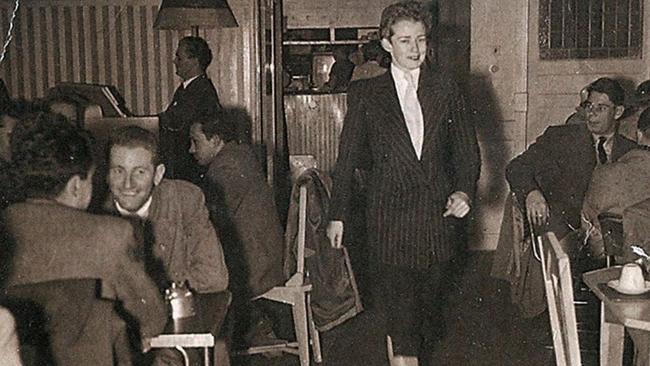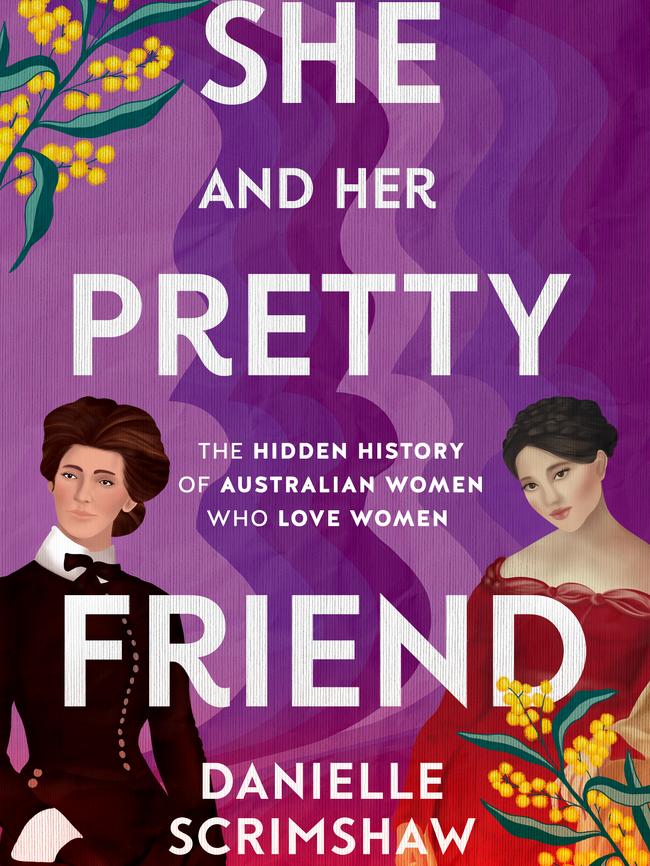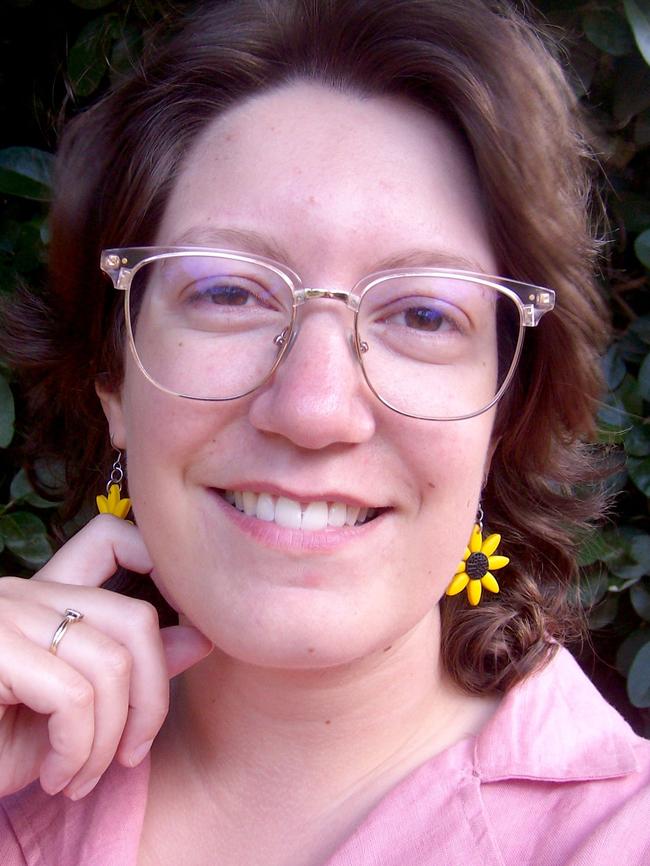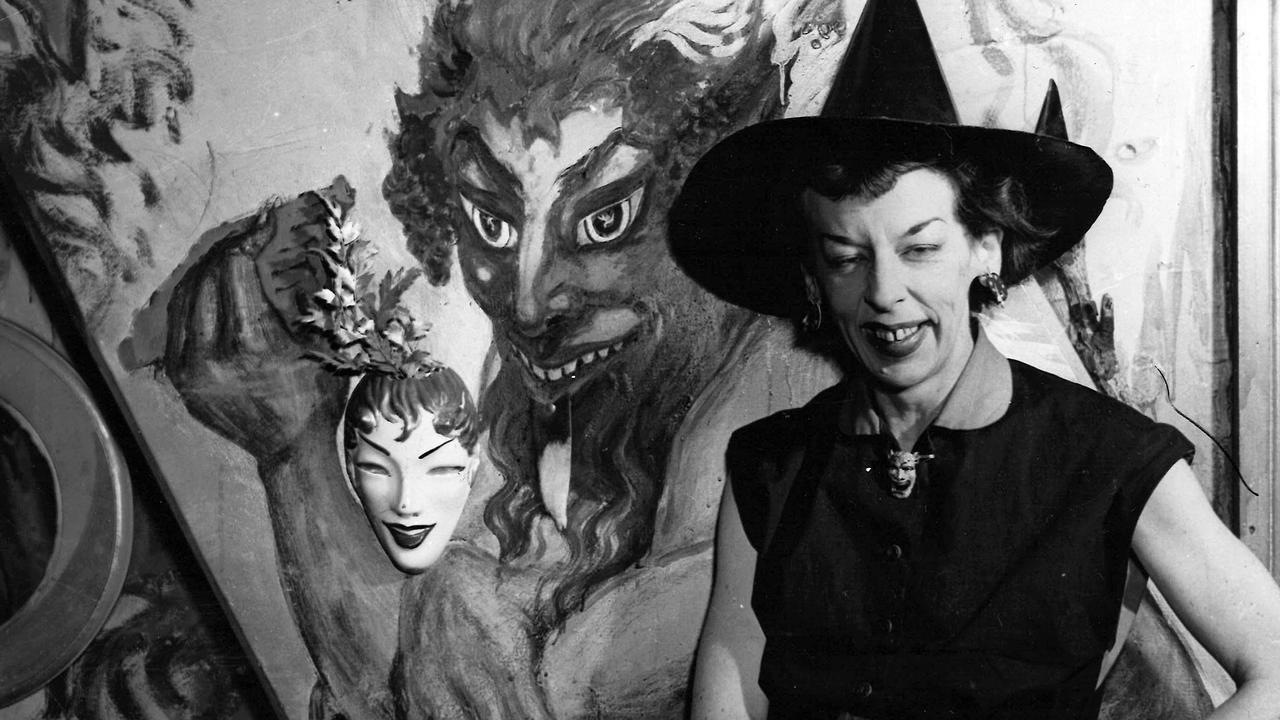Coffee lounge was one of nation’s first gay and lesbian venues
In a dark decade for the gay and lesbian community in Melbourne, one young woman decided to build a haven.

In Black and White
Don't miss out on the headlines from In Black and White. Followed categories will be added to My News.
The 1950s have been described as the darkest decade for the gay community in Australia.
But a lively coffee lounge in the heart of Melbourne run by an “outrageous” young lesbian named Val Eastwood drew the community out of the shadows.
Val’s groundbreaking role is explored in the latest episode of the free In Black and White podcast on Australia’s forgotten characters:
It’s one of the stories in a new book by Danielle Scrimshaw called She and Her Pretty Friend: The Hidden History of Australian Women Who Love Women.
Val’s Coffee Lounge became a meeting place for the city’s bohemian community, theatre enthusiasts and artists, and a haven for Melbourne’s gay men and women.
Val was only 24 when she opened the lounge, one of Australia’s first gay and lesbian venues, in Swanston St across from the Town Hall in 1951.
Growing up in a musical family, Val developed a love of dancing including ballet and ballroom from a young age, and was running a dance school in Ivanhoe by her late teens.
From the outset, Val’s Coffee Lounge became a place where the gay community could be themselves and wear whatever they liked.
“They’d meet other gay men and women and have this kind of epiphany that they weren’t the only person in the world to be queer,” Scrimshaw says.
“So I think it was always intended to be a safe haven for the queer community and also just a spot to have fun.”


Dressed in masculine, Italian-made suits, a homburg hat and wearing bright lipstick and wielding a silver-topped cane at times, Val was impossible to miss.
Scrimshaw notes it was a time well before homosexuality was decriminalised, and lesbianism, while never criminalised, was highly persecuted.
“The existence of these queer venues like the coffee lounge is so fascinating because the 1950s was what the historian Graham Willett has described as the darkest decade for the homosexual community,” she says.
“People would be arrested for indecent public behaviour and things like that.
“And even if you weren’t being arrested necessarily, you would still face social stigma, you could lose your job, your family could disown you.”
In its heyday, the extravagantly decorated lounge could fit 80 people upstairs and 80 downstairs.
“There was royal blue carpet and mauve-painted wooden chairs and tables,” Scrimshaw says.
“There were beautiful lampshades with coloured light globes; there was a grand piano.
“So I imagine on a weekend evening, it would have been fully packed out and very lively with chatter and the smell of coffee and spaghetti and the piano in the corner.”
To find out more, listen to the interview in the free In Black and White podcast on Apple Podcasts, Spotify or web.
See In Black & White in the Herald Sun newspaper every Friday for more stories and photos from Victoria’s past.


